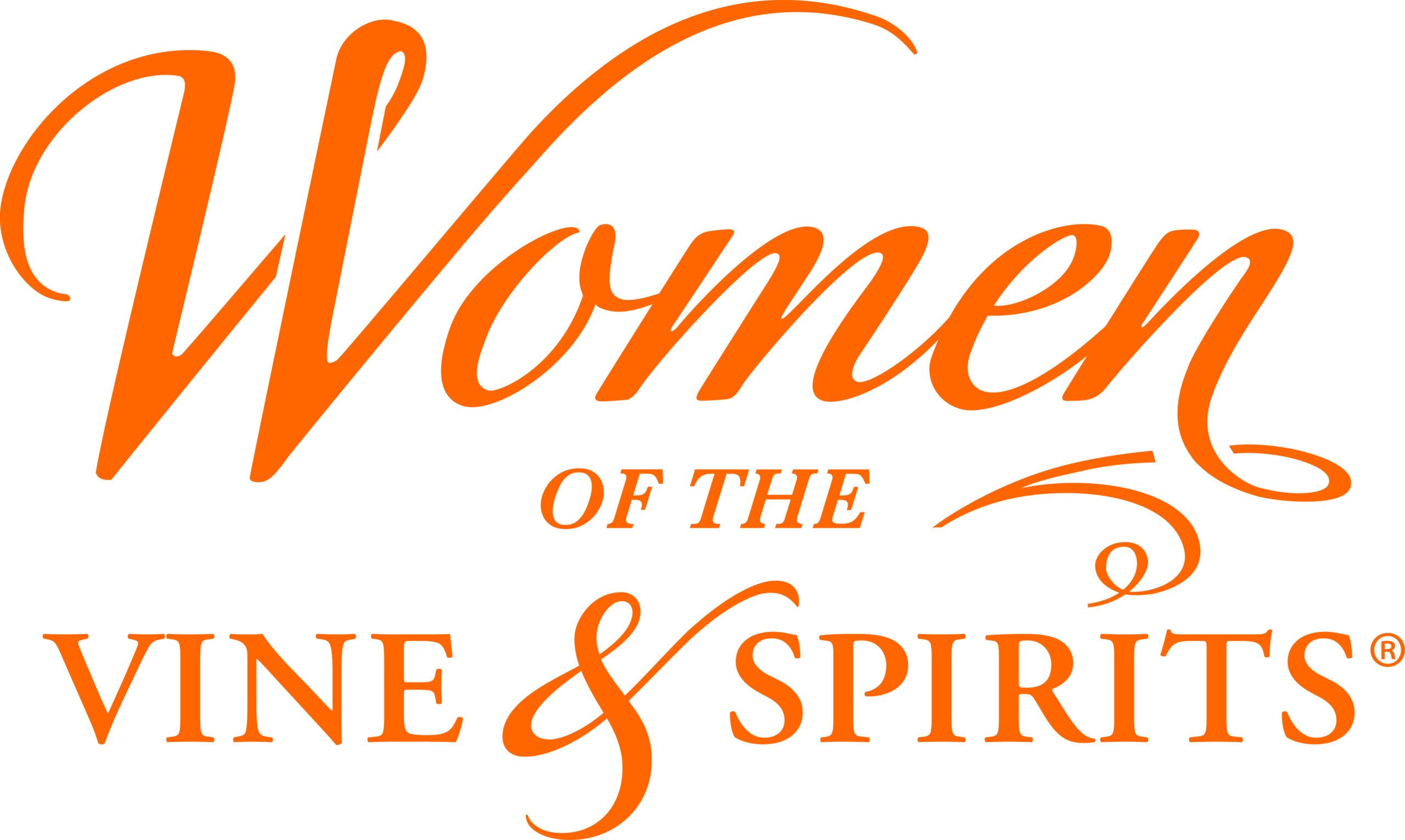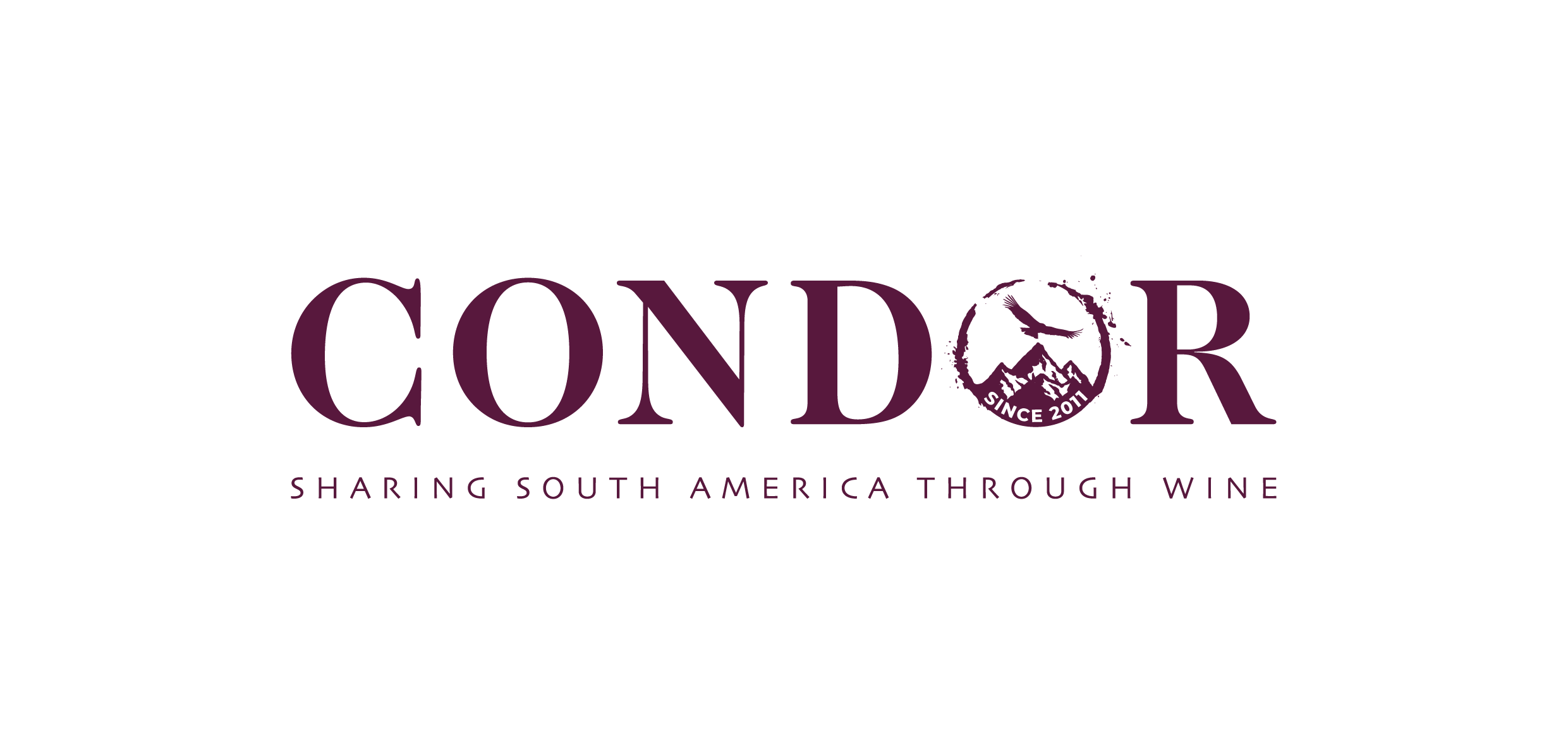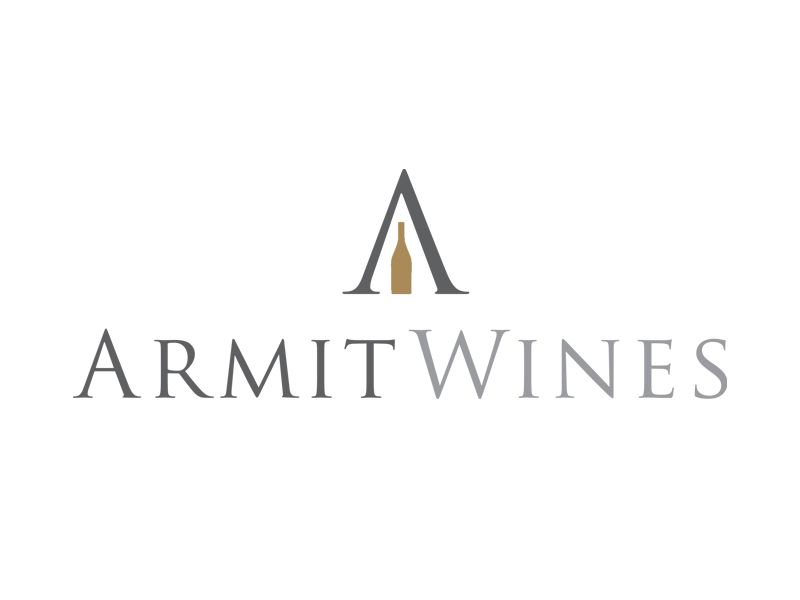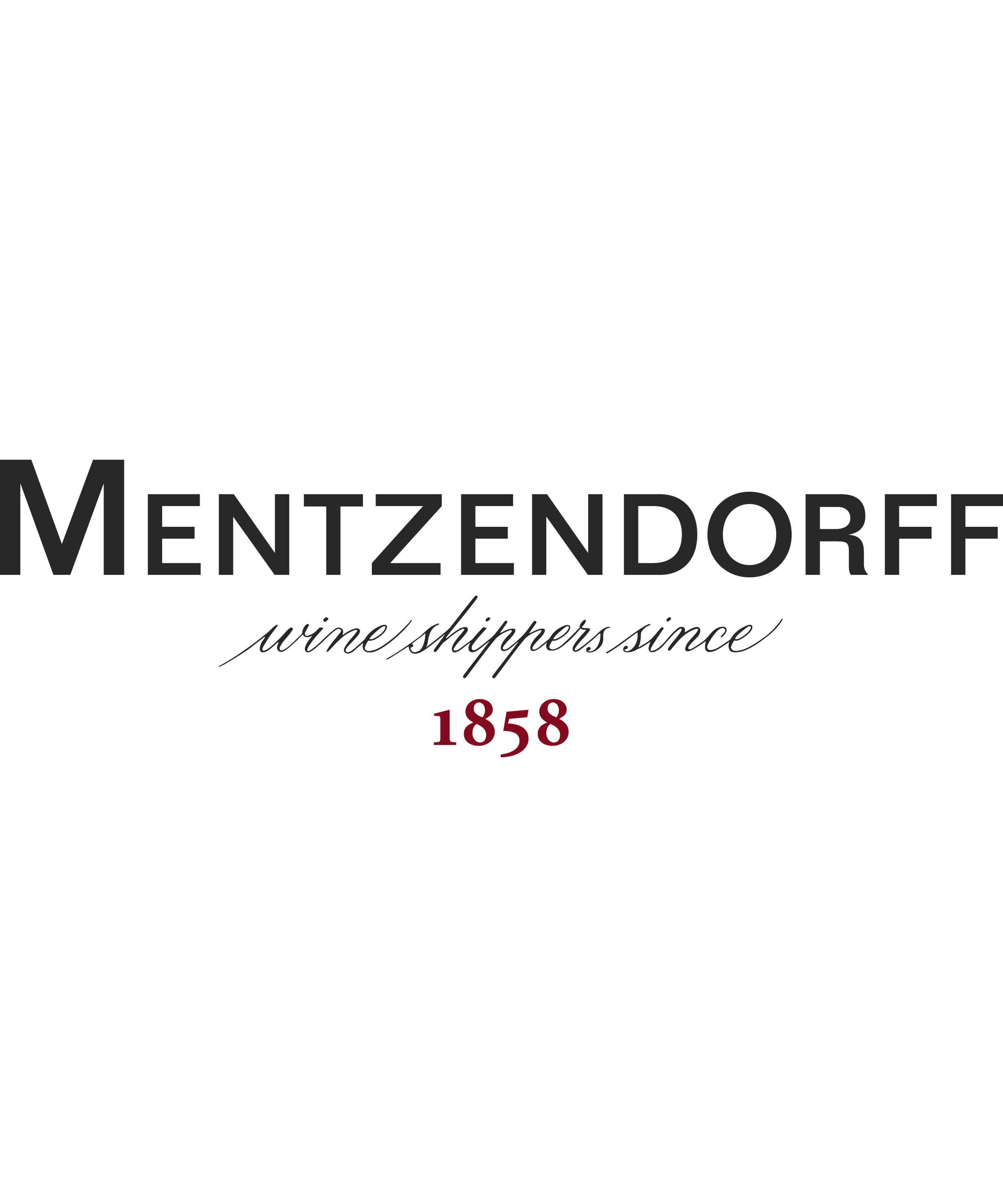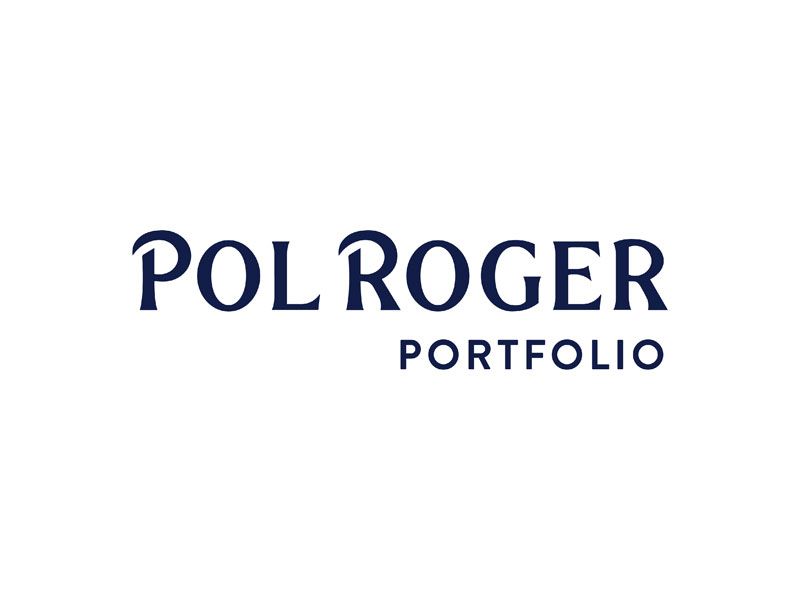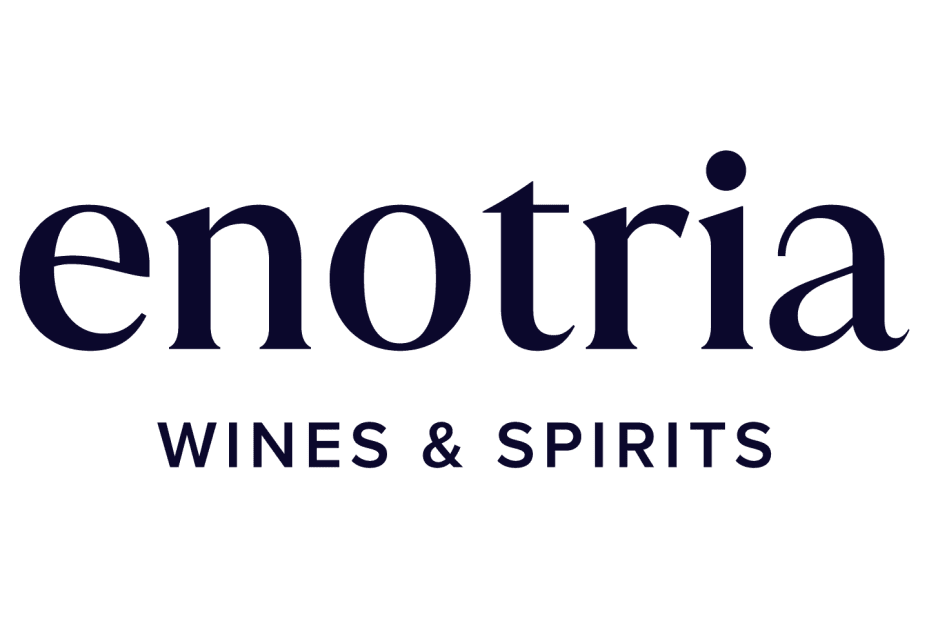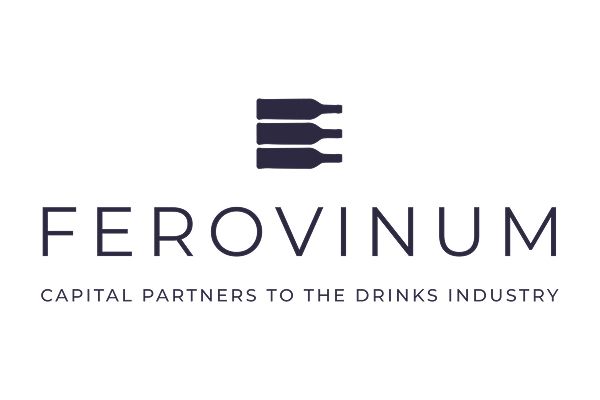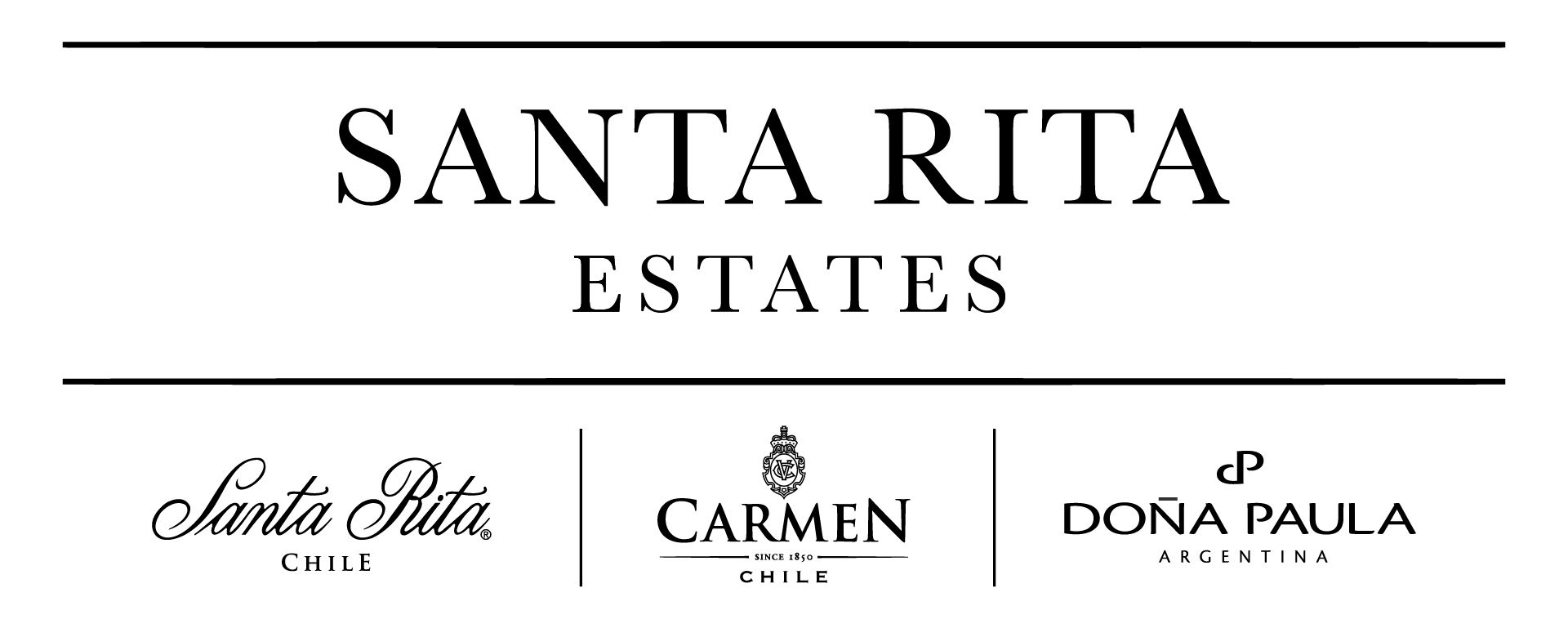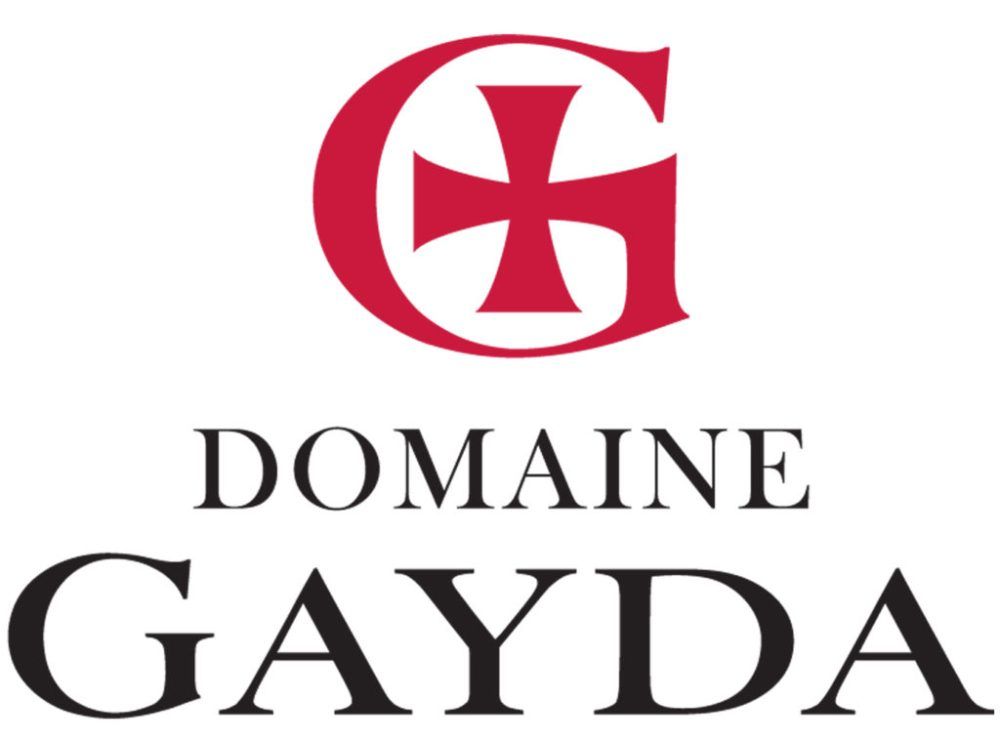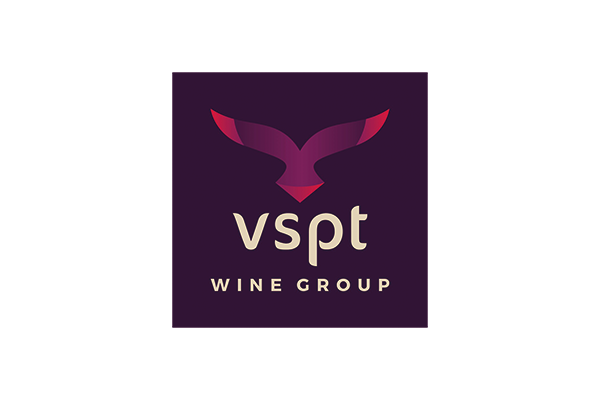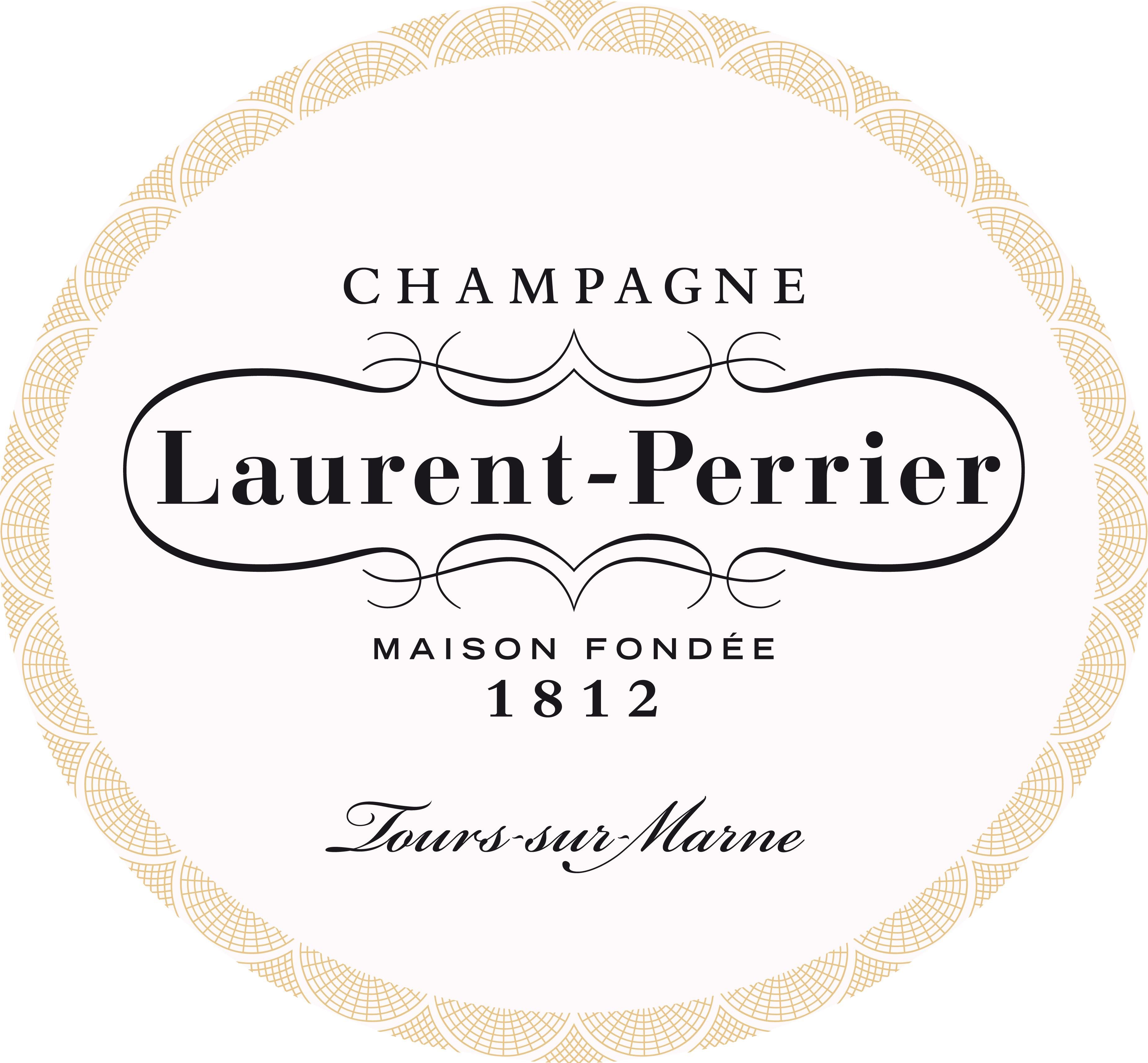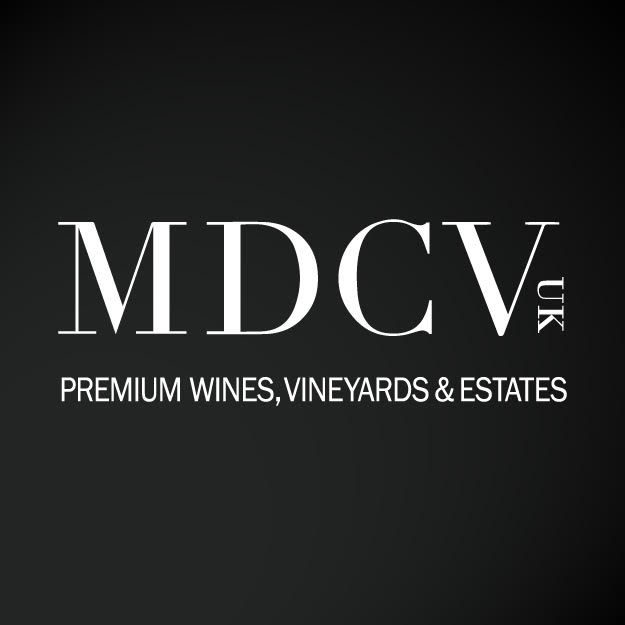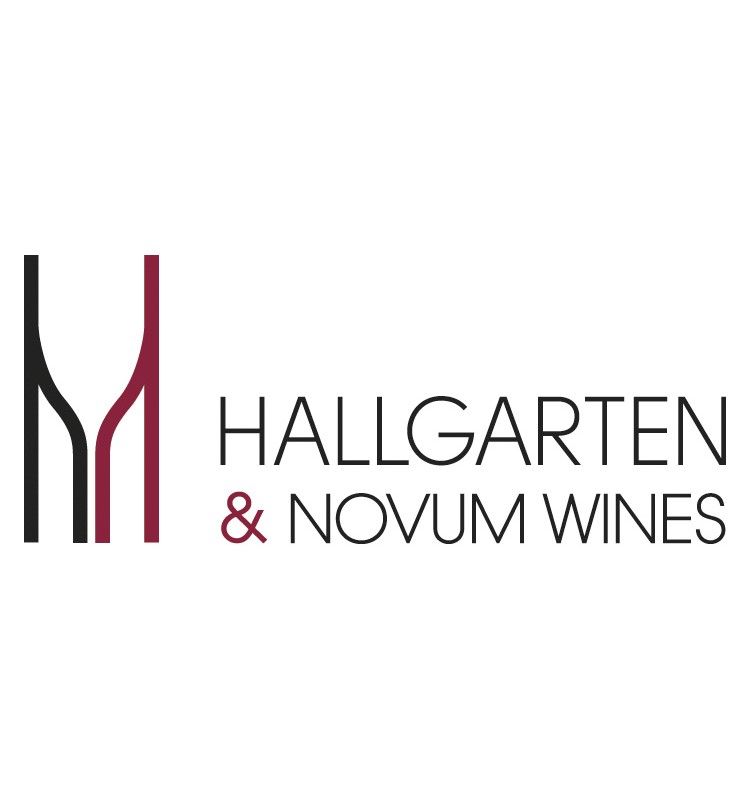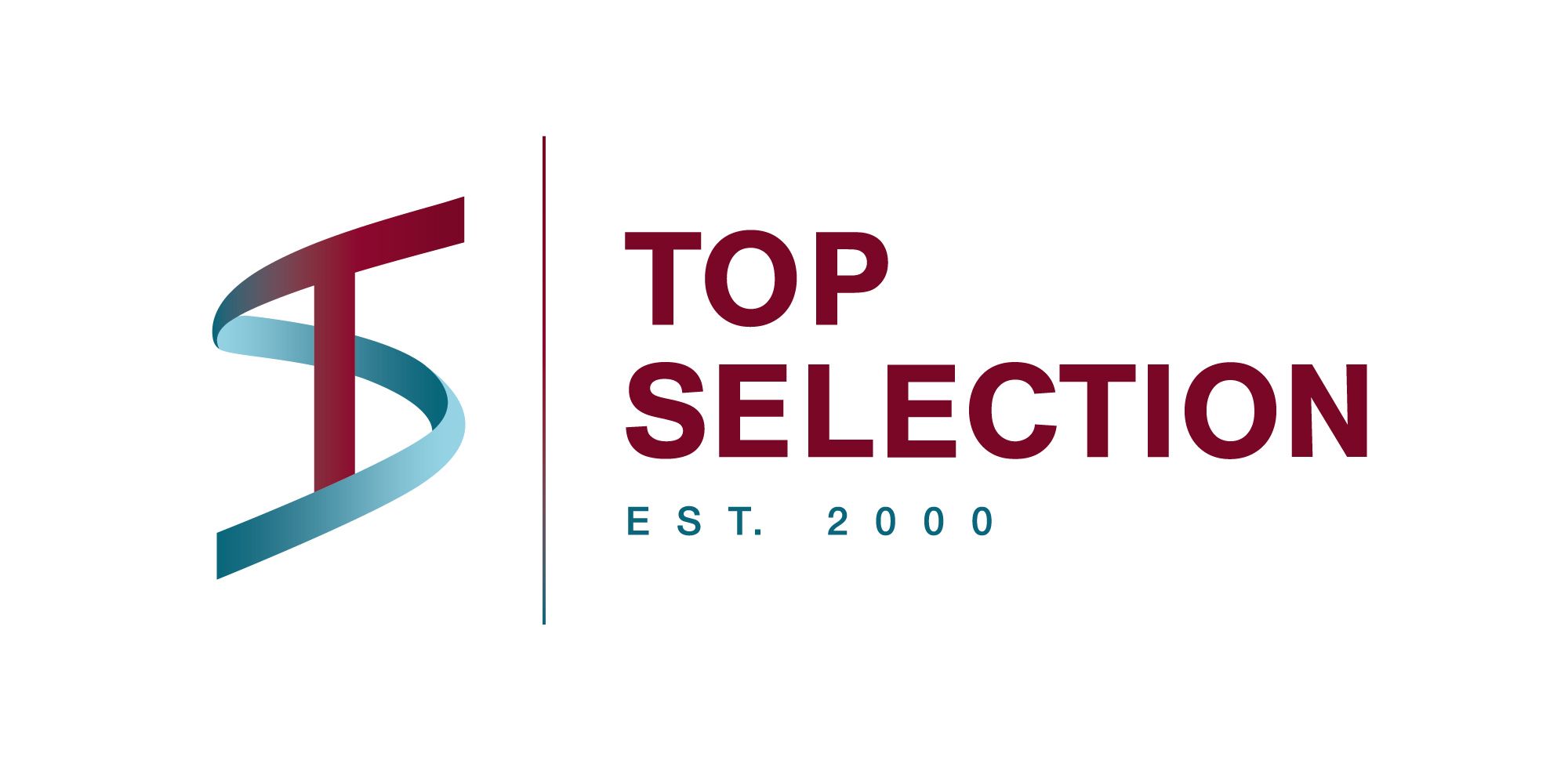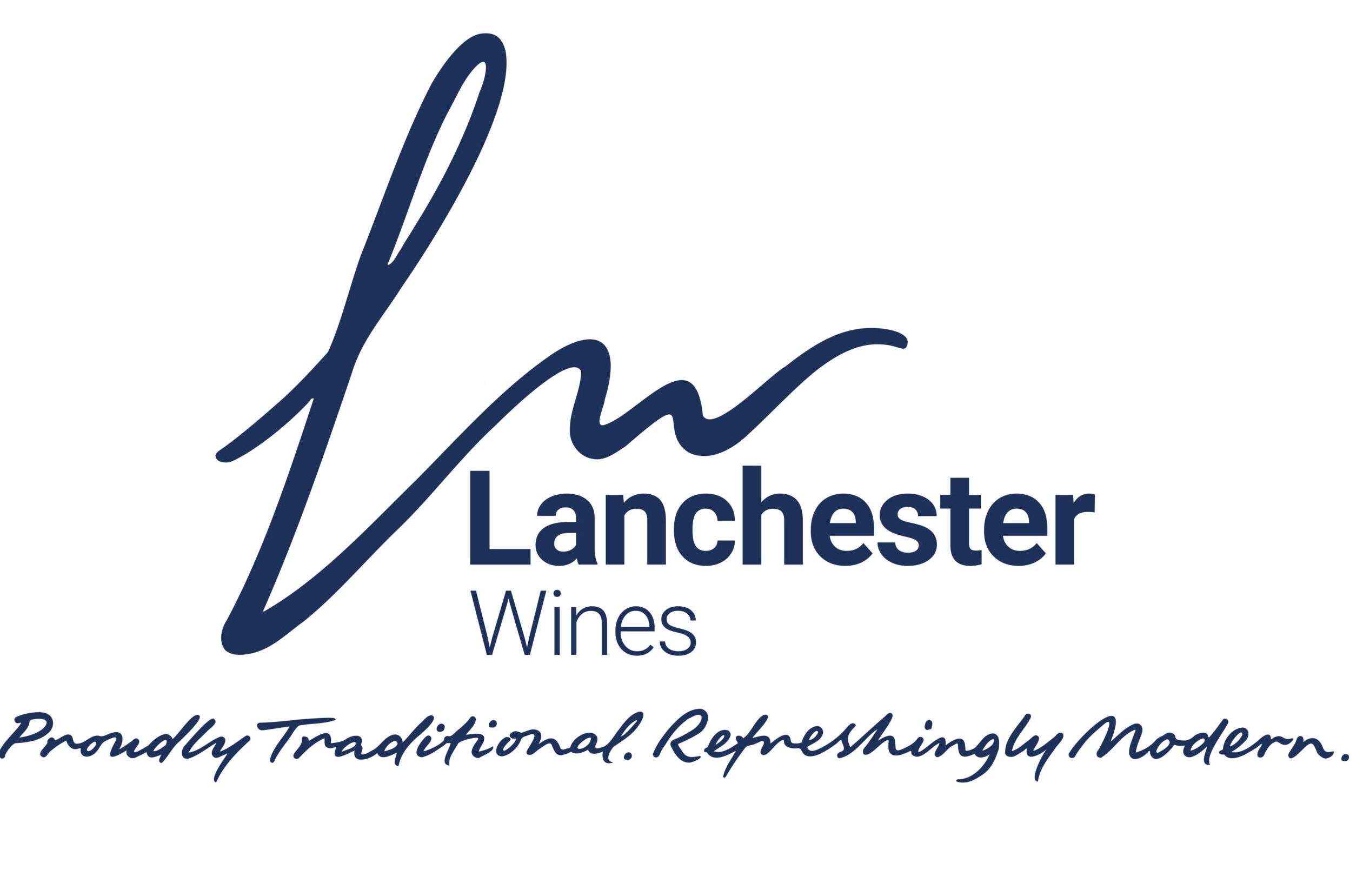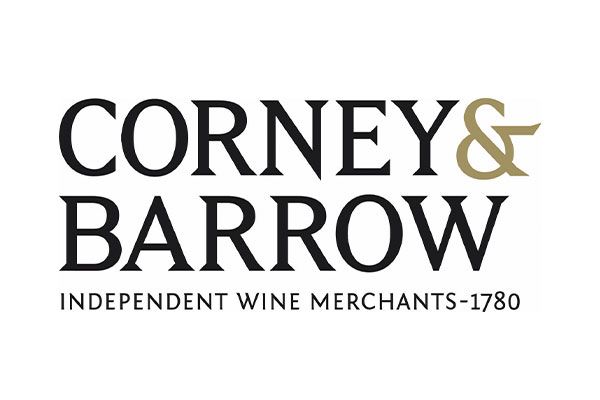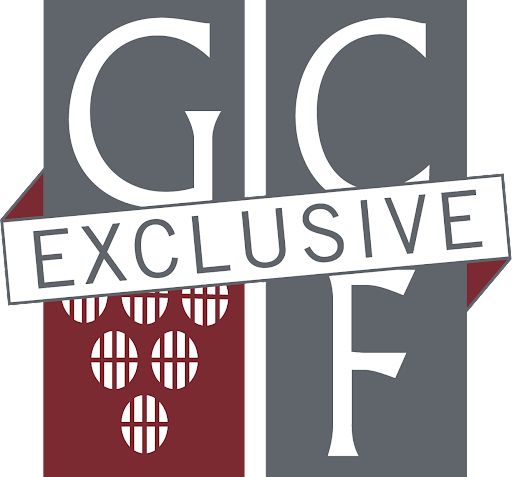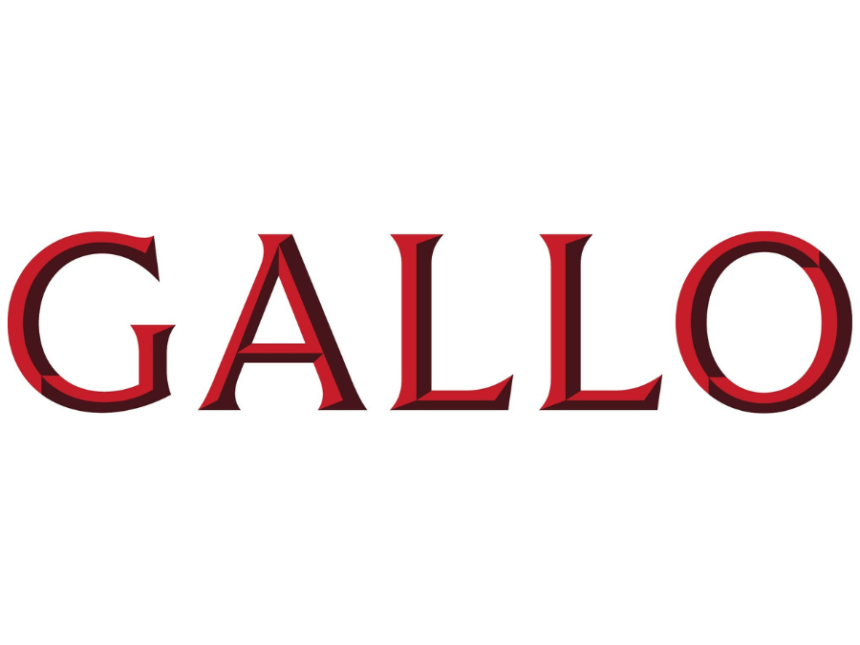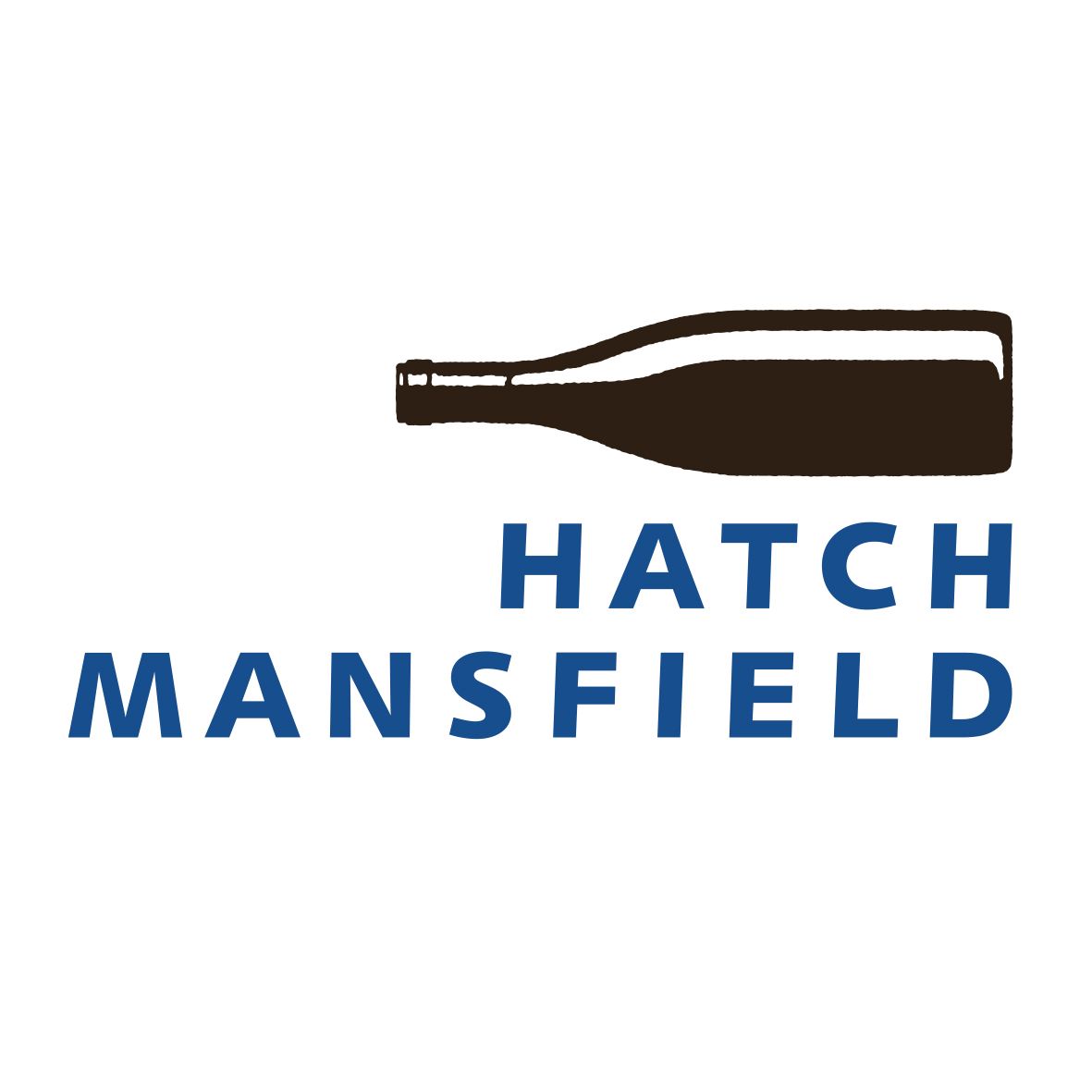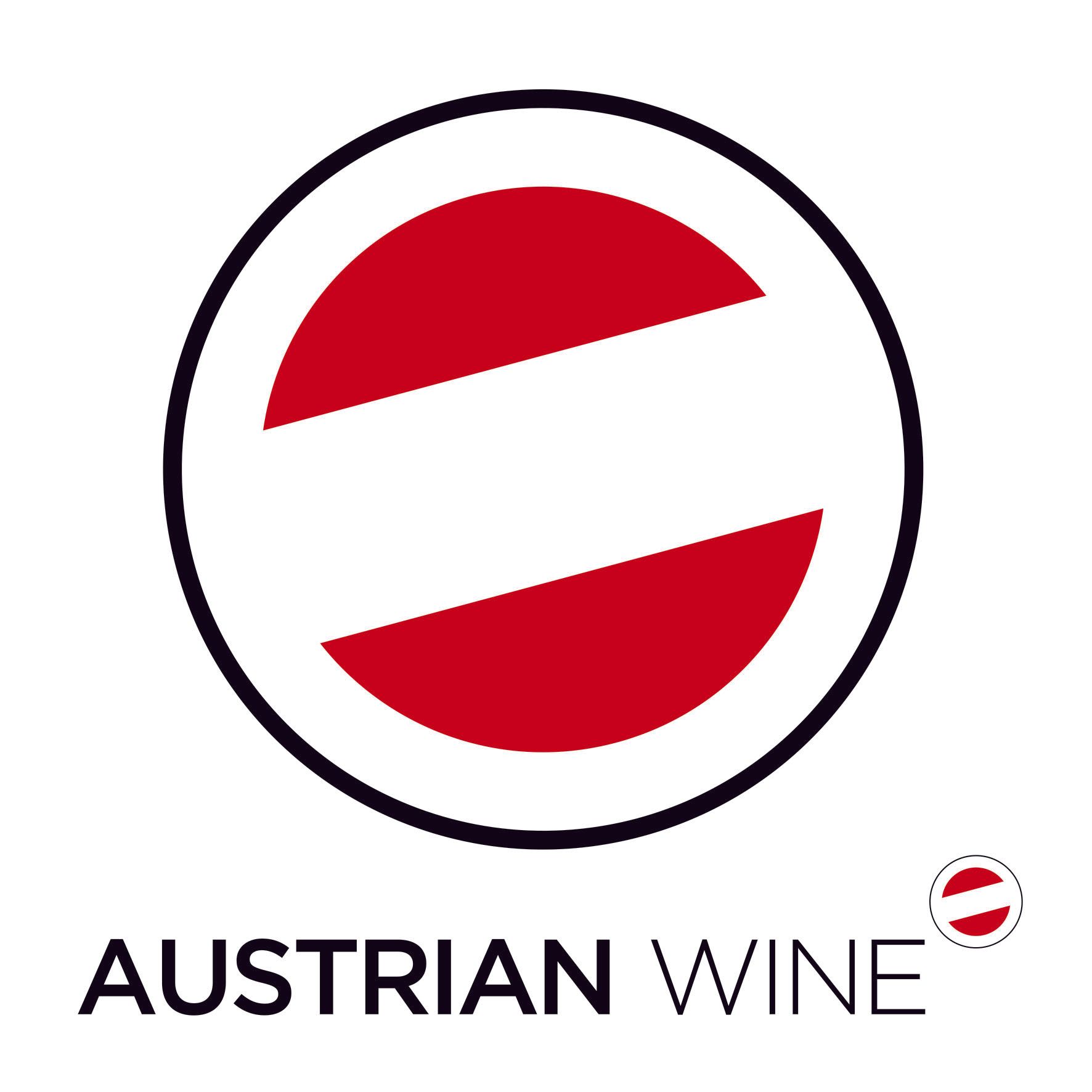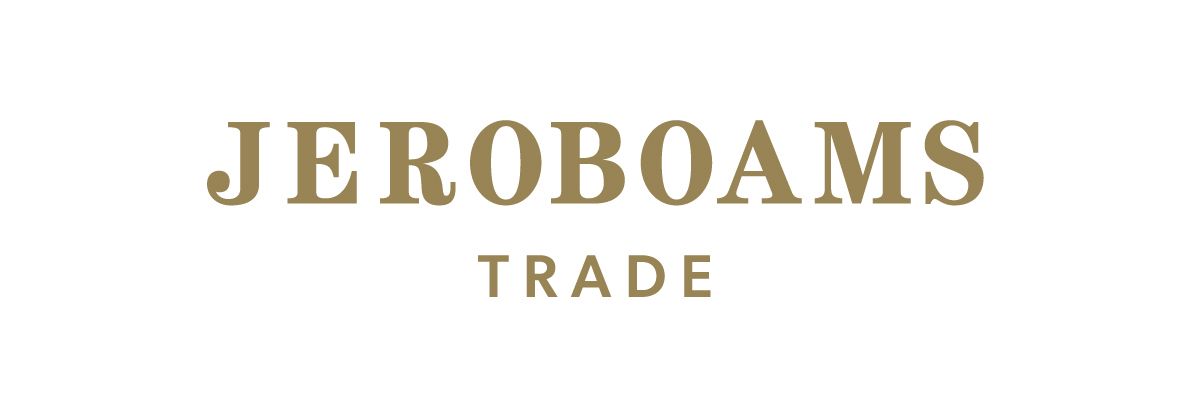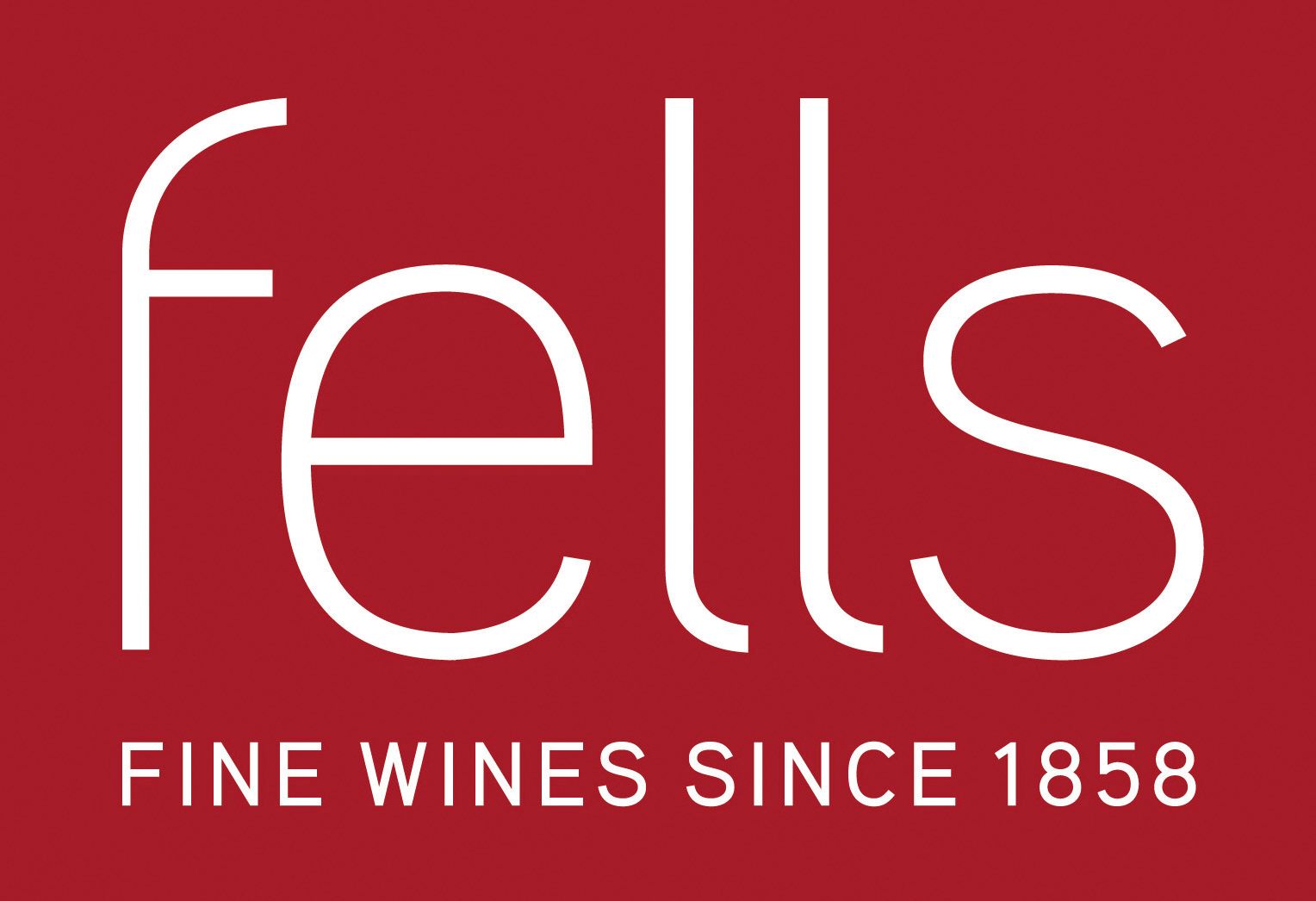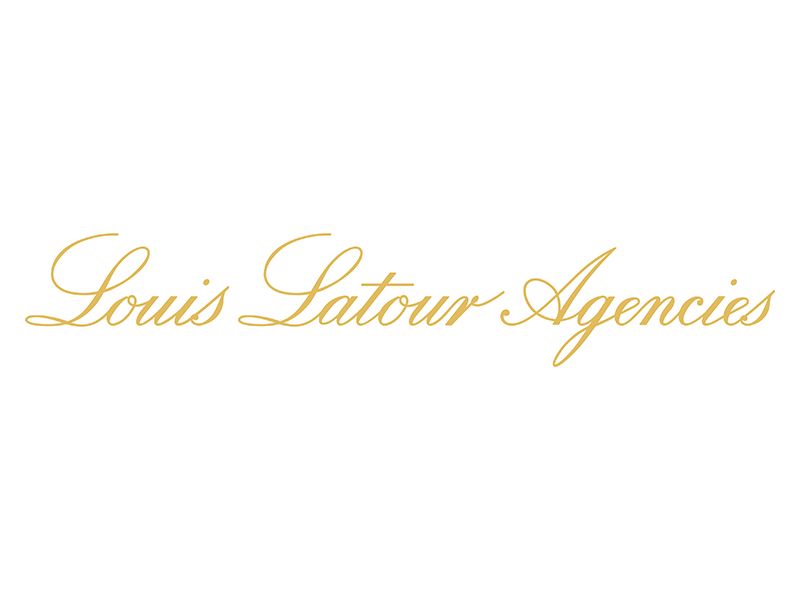California makes some of the world’s very greatest wines but getting hold of these is not easy. The very top offerings (think the utterly stunning Tor wines, for example) are typically allocated to mailing list customers only – and even getting on to a mailing list can require an invitation.
That’s a shame because I’ve always felt the US’s biggest winemaking state makes fine wines that are not just thrilling but notably approachable and accessible.
That may be a niche for California’s Paso Robles area. Not as stellar in reputation as Napa or Sonoma, nor in quality, but fast closing the gap. And the prices are more affordable.
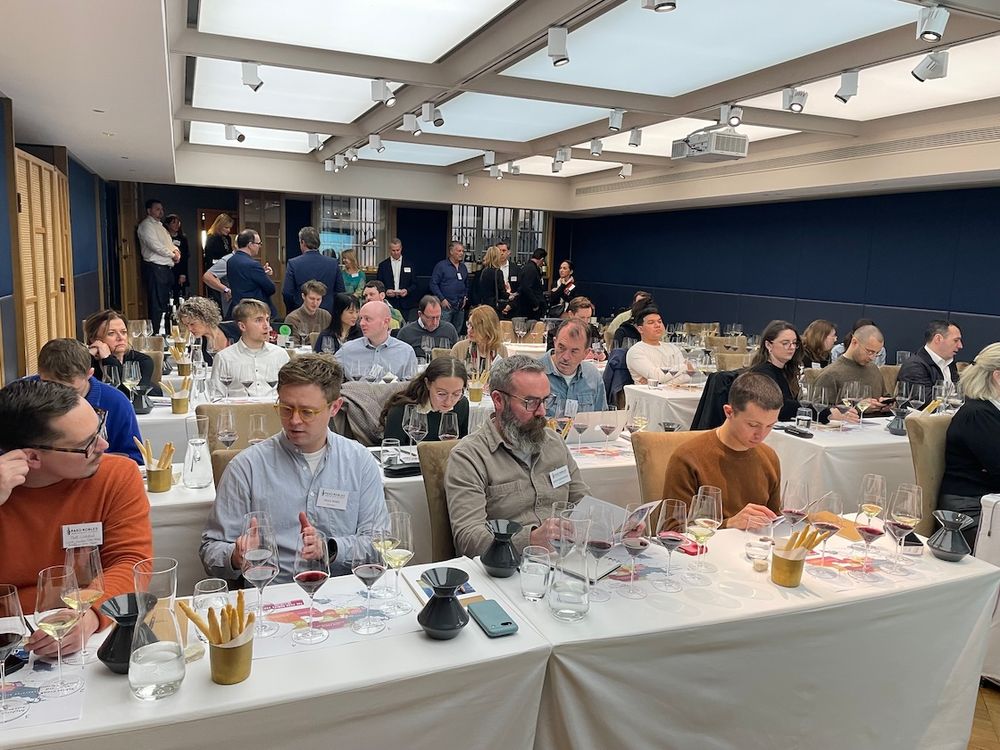
Paso Robles deep dive, 67 Pall Mall, London
The owners of six boutique Paso Robles wineries have been flown to London by their cooperative marketing outfit to educate a room full of buyers at the wine devotees’ club 67 Pall Mall in London. These are farmers not business folk and their honest passion for their work is evident. Each of us tasters is also provided with a sample of rock, part of the predominantly calcareous local geomorphology.
Paso Robles is a so-called AVA (American Viticultural Area) of 243,000 ha well south of Napa and Sonoma. Chris Taranto, who heads up comms at the regional wine trade outfit, explains this is an isolated inland plain of gently rolling hills, lying on the inland side of the St Lucia coastal mountains, two hours north of Santa Barbara. It only really got going as a producer of fine wines in the ‘nineties. Then an acre of land cost $1,000. Today it’s more like $70,000.
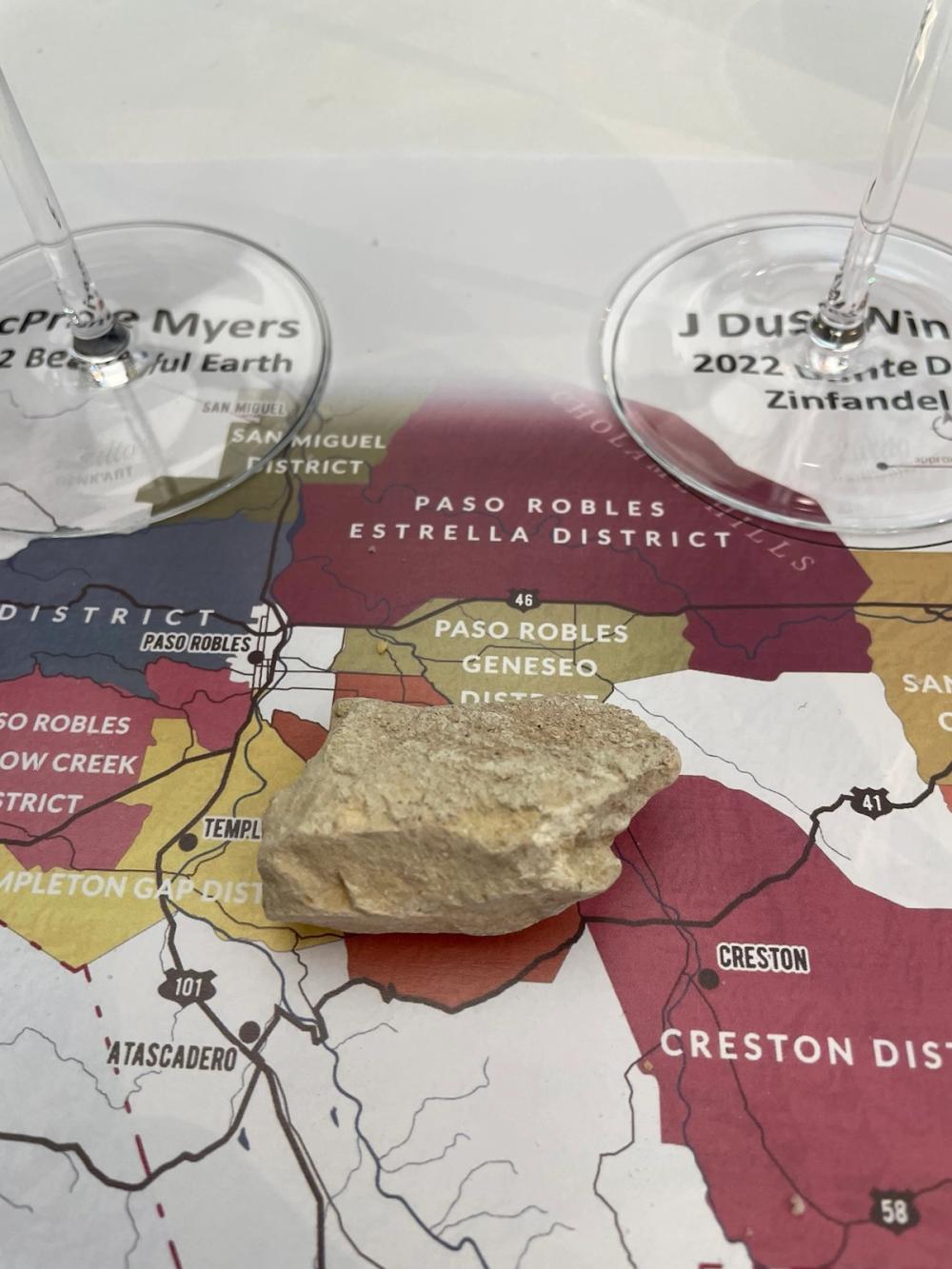
In the west the soils can be quite calcareous
Soils in the western reaches can be quite calcareous, while alluvial loess and even loam can be found in the eastern hills. One of the characteristics is the huge diurnal temperature range from 10 to 30°C. This is far greater than in more northerly Napa, for example.
In the US, an AVA is a purely geographical, imposing no restriction of varieties planted. And back in 1987 the Tablas Creek winery was created as a joint venture between Château de Beaucastel in Châteauneuf-du-Pape and its US importer. One of a group soon dubbed the Rhône Rangers, the winery imported vines from all 13 varietals from the famed French Rhône château – Grenache Blanc, Cinsault, Picpoul and so on.
Neil Collins, Tablas’s director of winemaking, describes that initiative as “complete insanity”. They decided to comply with all the appropriate red tape, and the US agricultural authorities spent 13 long years approving the varietals’ establishment. Still, the bold move worked.
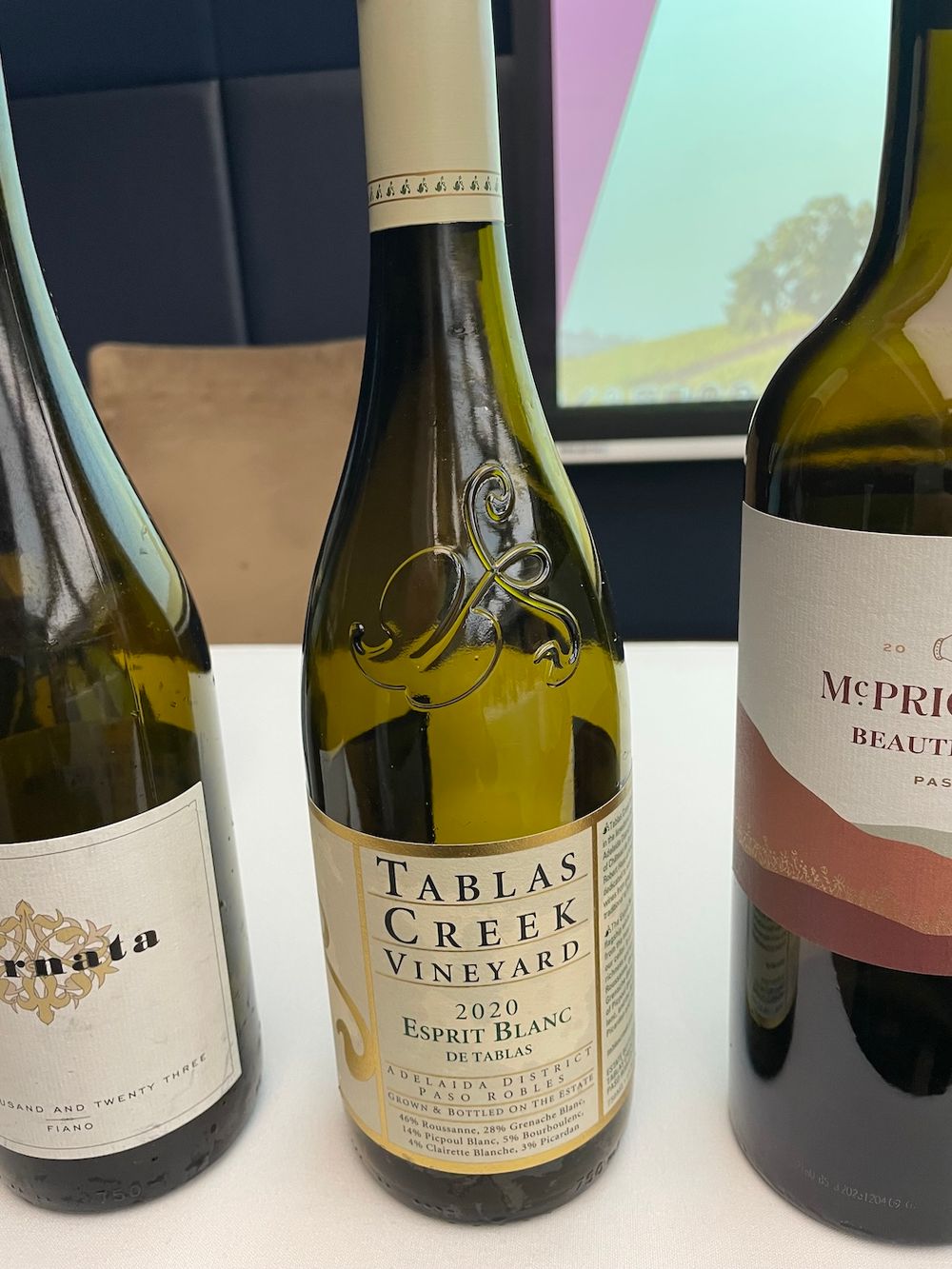
Collins is showing his flagship white, Esprit de Tablas Blanc 2020 (ABV 13%, £57 a bottle retail). This comprises Roussanne 46%, Grenache Blanc 28%, Picpoul 14%, Bourboulenc 5%, Clairette Blanche 4% and Picardian 3%. The Roussanne provides the minerality and honey and spice hints, while the Grenache Blanc adds green apple and anise flavours. There’s an appealing mix of quince and vanilla and bright acids.
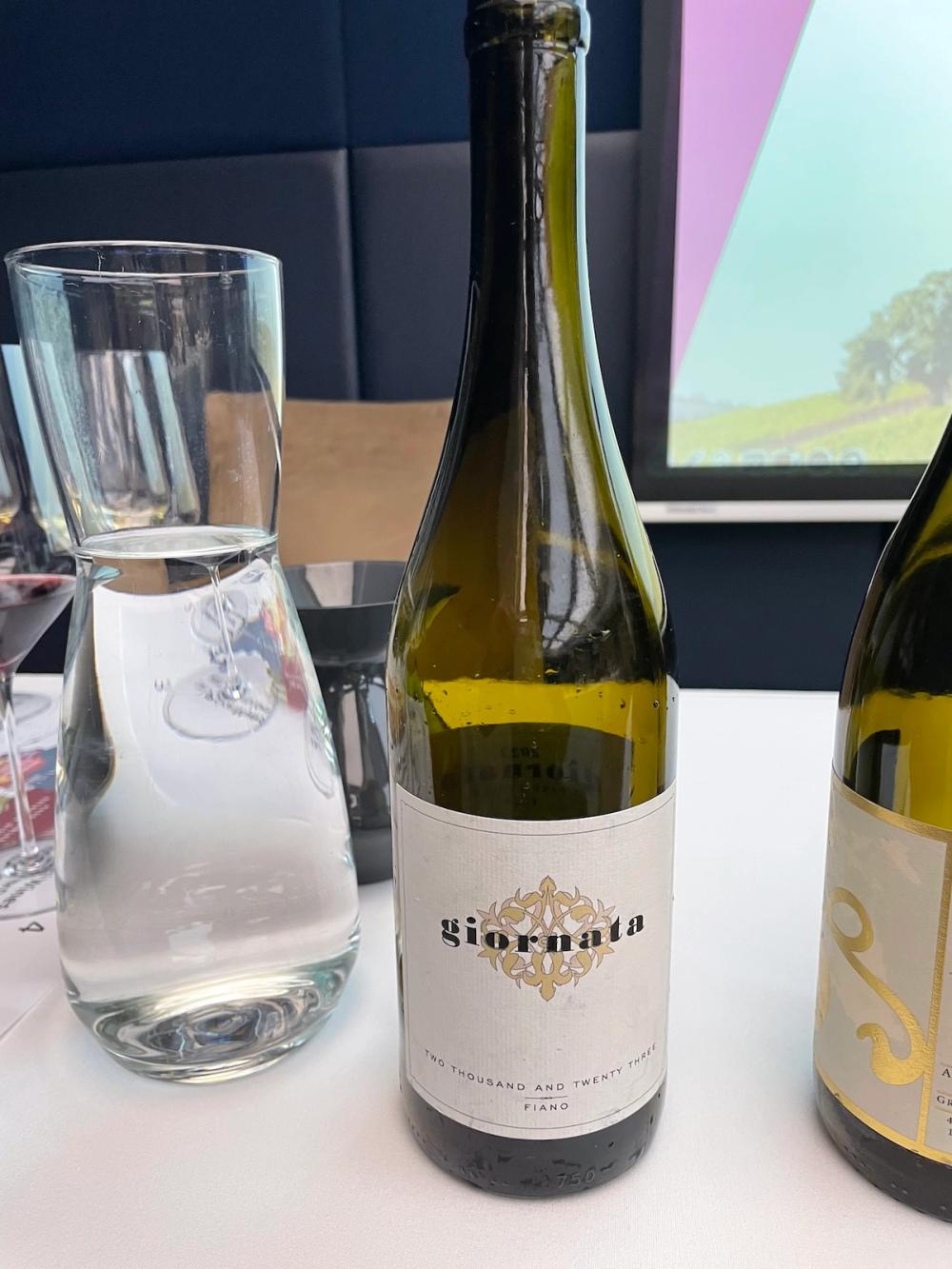
A slightly cheaper and, arguably, an even more approachable white comes from the Gironata winery. Fiano 2023 (ABV 13%, £35 retail) too shows a direct European influence, though this time it’s Italian. Fiano, of course, is a varietal popular in Campania and the Terrizzi, the husband-and-wife owners, explain unashamedly that the goal was to create the feel of a small Italian farm.
Fiano is entirely suited to the southern Italian-like warm and dry climate of Paso Robles, comments Brian Terrizzi. “This is the white that has the most promise to age as many recent Italian white bottlings are striving to do.” There is a striking freshness, with aromas of marzipan and stone fruit and flavours of honey and lemon on the finish. A sure crowd pleaser.
Though Paso Robles has only found a place on the map for fine wines comparatively recently, vines have been grown for more than a century. Five generations are this year celebrating the centenary of Dusi wines set up by a family of Italian immigrants. This is known for its Zinfandel (aka as Puglia’s Primitivo). Owner and winemaker Janell Dusi (pictured) presents the Dante Dusi Zinfandel 2020.
“That big swing between day and night temperatures is key”, she declares. “It means the ripening of the grapes totally shuts down at night.” That creates a fuller, rounder flavour profile.
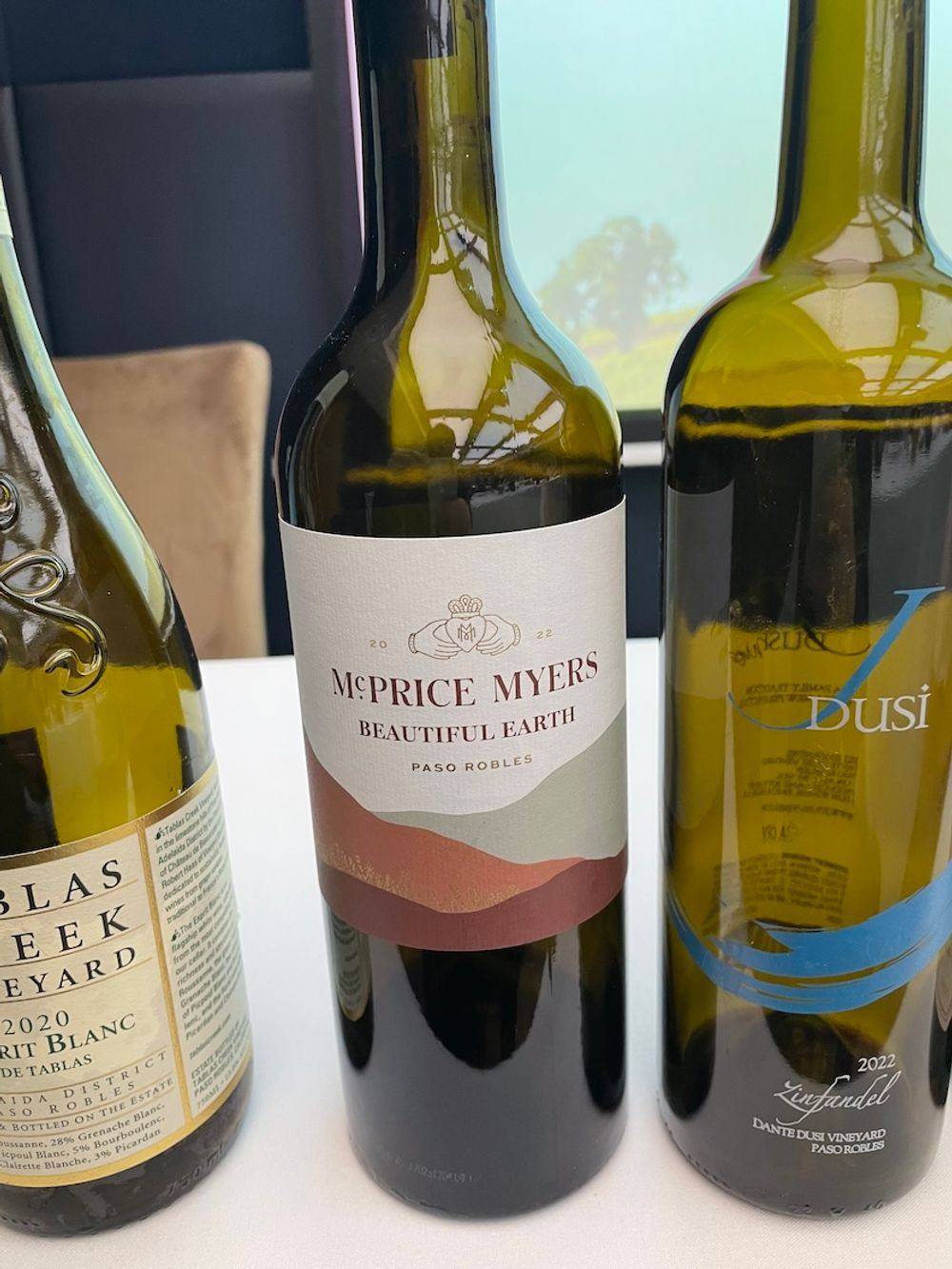
There are notes of strawberry, cardamom, plum, and some cola with a light acidity. The price is £35 a bottle, although some will find the ABV of 15.5% on the high side. The McPrice Myers Wines Beautiful Earth Red, 2022 (ABV15.2 Syrah 58%, Grenache 18%, Petit Syrah 8%, Mouvèdre 7%, Cinsault 2%) also has an ABV of over 15%.
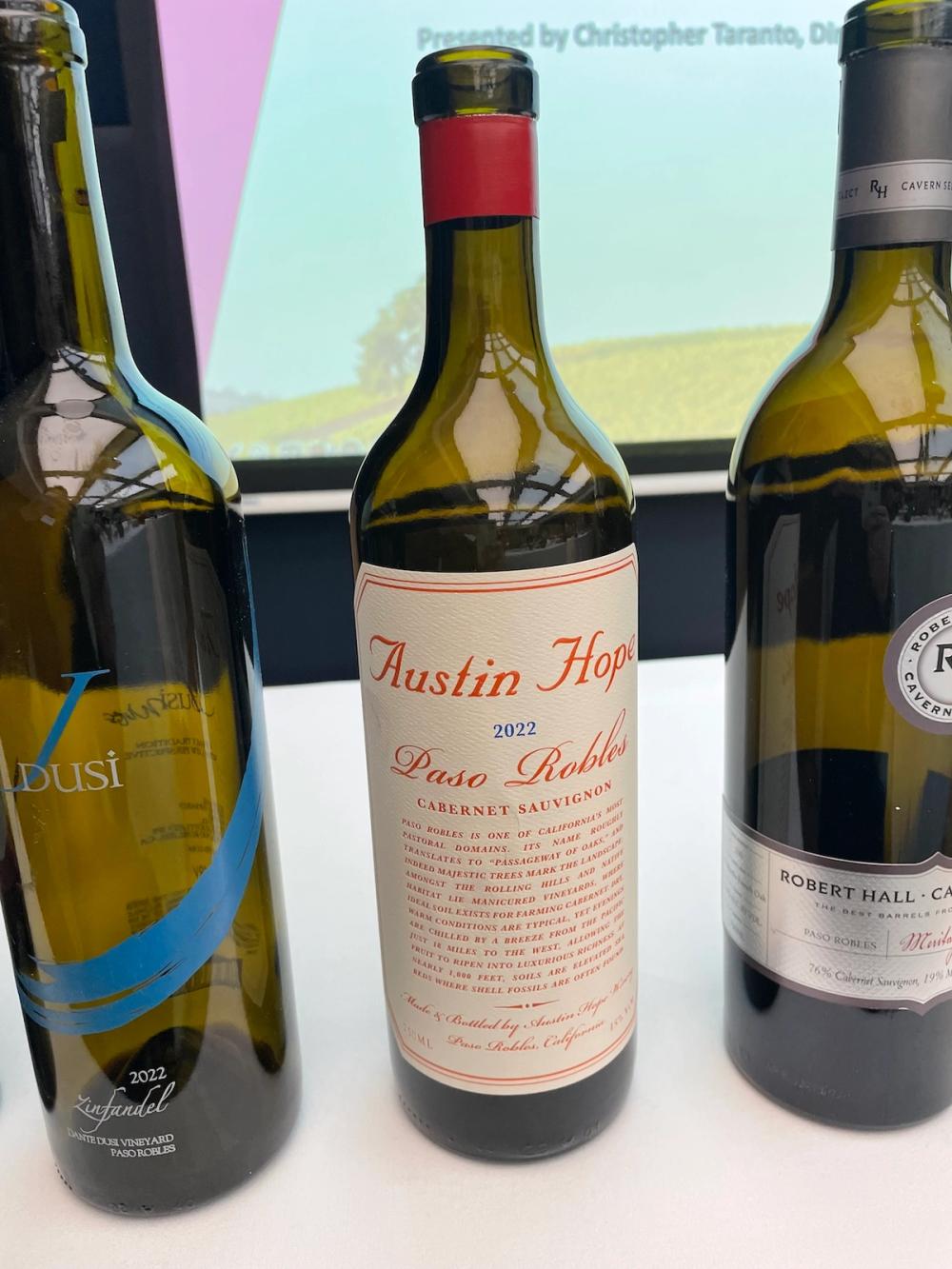
The last wine is the Hope Family Wines Austin Hope Cabernet Sauvignon (ABV 15%, £85 a bottle) which is 100% Cabernet Sauvignon. Austin Hope, the owner and winemaker, sets out his stall simply. “We spent a lifetime trying to understand tannins. We wanted a classic wine, with richness but not those drying tannins that Cabernet Sauvignon can have.” In setting out to create a carefully crafted but entirely approachable wine they have succeeded. This is the very model of a modern-styled wine.
There’s plenty of fruit – blackcurrants, cherry and blackberries – with notes of violets, coffee and simply wonderful dried spices. The tannins are all there. In fact, according to Hope, a lab analysis would show the wine is high in tannins. It’s just that they are supple and velvety. In short, it’s a red with enormous appeal.

